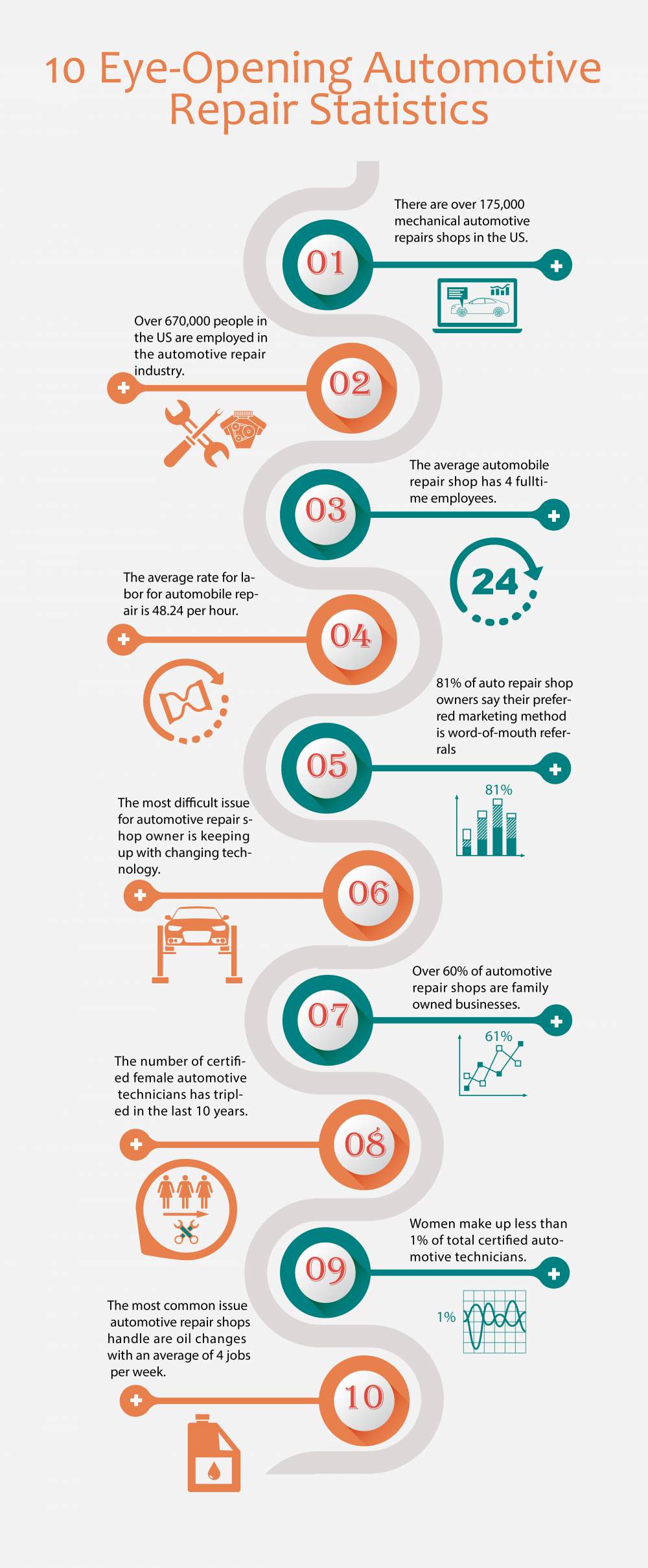Comprehending The Significance Behind Your Automobile'S Warning Lighting: An Extensive Look
Comprehending The Significance Behind Your Automobile'S Warning Lighting: An Extensive Look
Blog Article
Posted By-Termansen Winters
When you lag the wheel, those beautiful warning lights on your control panel can be a little bit puzzling. Do you know what they're trying to tell you regarding your vehicle's health? Comprehending the importance of these lights is crucial for your safety and the long life of your vehicle. So, the following time among those lights turns up, would not you wish to analyze its message accurately and take the essential steps to address it?
Common Warning Lighting and Interpretations
Identify common caution lights in your vehicle and recognize their definitions to guarantee safe driving.
The most normal caution lights include the check engine light, which signifies concerns with the engine or exhausts system. If this light comes on, it's important to have your vehicle examined immediately.
The oil stress cautioning light shows reduced oil stress, requiring instant interest to prevent engine damages.
A flashing battery light could recommend a damaged billing system, potentially leaving you stranded if not addressed.
The tire stress tracking system (TPMS) light alerts you to reduced tire stress, influencing automobile security and fuel effectiveness. Ignoring this can result in unsafe driving problems.
The ABS light suggests a problem with the anti-lock braking system, compromising your capacity to stop swiftly in emergency situations.
Last but not least, the coolant temperature level warning light warns of engine overheating, which can lead to extreme damages if not solved promptly.
Understanding these typical caution lights will assist you address issues immediately and preserve safe driving conditions.
Value of Prompt Interest
Comprehending the common caution lights in your vehicle is just the first step; the significance of promptly resolving these warnings can not be stressed sufficient to guarantee your safety and security when driving.
When a caution light illuminates on your dashboard, it's your vehicle's way of connecting a prospective concern that requires focus. Overlooking https://www.newschannel5.com/news/auto-body-shops-face-car-part-shortages-shipping-delays can bring about extra extreme issues down the road, compromising your safety and security and possibly costing you a lot more in repairs.
car cleaning and detailing near me to cautioning lights can protect against break downs and mishaps. For instance, a flashing check engine light might show a misfire that, if left ignored, might trigger damage to the catalytic converter. Addressing this quickly can conserve you from a costly repair work.
Similarly, a brake system alerting light may signify low brake fluid or worn brake pads, crucial components for your safety and security when driving.
Do It Yourself Troubleshooting Tips
If you see a warning light on your control panel, there are a few DIY troubleshooting pointers you can try before looking for professional aid.
The very first step is to consult your cars and truck's manual to understand what the specific caution light shows. Sometimes the concern can be as easy as a loosened gas cap triggering the check engine light. Tightening up the gas cap may resolve the problem.
An additional common issue is a low battery, which can cause numerous warning lights. Inspecting the battery connections for deterioration and ensuring they're secure may deal with the problem.
If a caution light persists, you can try resetting it by disconnecting the auto's battery for a few mins and afterwards reconnecting it. In addition, examining your vehicle's fluid degrees, such as oil, coolant, and brake fluid, can aid fix cautioning lights associated with these systems.
Final thought
Finally, comprehending your car's warning lights is essential for maintaining your car running smoothly and securely. By quickly attending to these notifies and knowing what they suggest, you can stay clear of expensive repairs and prospective breakdowns.
Bear in mind to consult your automobile's guidebook for particular information on each alerting light and act accordingly to make sure a hassle-free driving experience.
Stay informed, stay risk-free when traveling!
